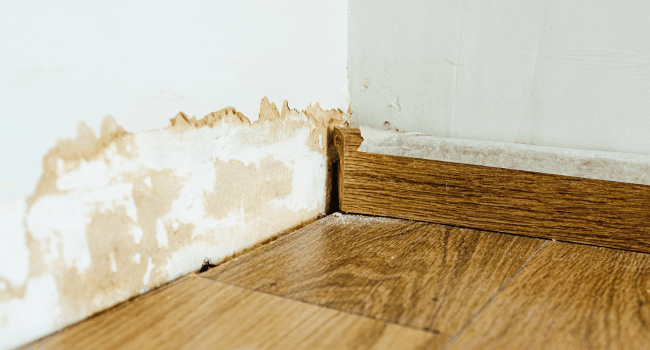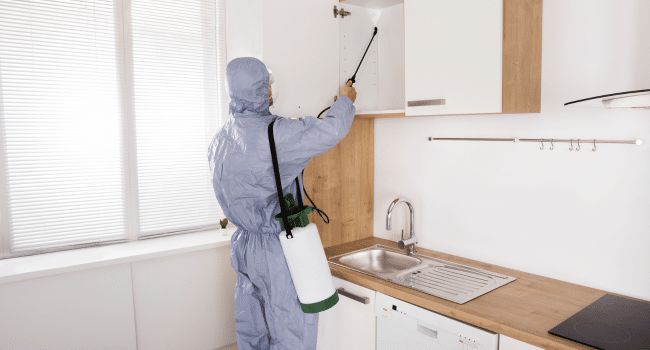Table of Contents
Pests can invade our homes silently, making it crucial to identify signs of infestation early. This proactive approach helps maintain a healthy living environment and prevents extensive damage to your property. In this article, we will explore various signs indicating pest infestations, enabling you to take timely action and visit https://mauipestcontrol.com/oahu to get help!
1. Unusual Noises
One of the first indicators of a pest problem is the presence of unusual noises. Rodents, such as mice and rats, often create scratching or scurrying sounds, especially at night when they are most active. You may hear gnawing or chewing sounds as they attempt to access food sources or build nests. Inspect your walls, attic, and basement for these sounds, particularly if you notice them during quiet times.
2. Droppings and Urine
Finding droppings is another clear sign of a pest infestation. Rodent droppings resemble small black pellets, while insect droppings may appear as small grains or specks. Cockroaches leave droppings that look like black pepper or coffee grounds. In addition to droppings, you may also notice stains or discoloration caused by urine, which can have a distinct odor. Regularly check under sinks, in cabinets, and around food storage areas for these signs.
3. Gnaw Marks and Chewed Materials
Pests often leave behind gnaw marks on surfaces they infest. Look for bite marks on wooden furniture, wires, or plastic items. Rodents tend to chew through various materials to create nests or access food, so evidence of gnawing should not be ignored. Additionally, if you notice unusual wear on your belongings or structures, such as holes in walls or furniture, it may indicate an infestation.
4. Nest and Burrow Evidence
Finding nests or burrows is a telltale sign of an active pest infestation. Rodents typically create nests using shredded paper, fabric, and other soft materials. Check hidden corners, attics, and basements for signs of nests. Insects like ants may create visible mounds or nests in your yard, while termites may produce mud tubes along your foundation or walls. If you spot any of these signs, it’s important to investigate further.
5. Visible Pests
Sometimes, the simplest sign of infestation is spotting the pests themselves. Whether it’s a cockroach scurrying across the floor or a mouse darting away, seeing pests in your home is a clear indicator of a problem. Insects like bedbugs or fleas may be more challenging to spot, but they often leave behind small blood stains on sheets or furniture. If you see any pests, it’s essential to take immediate action.
6. Damage to Property

Pests can cause significant damage to your property if left unchecked. Termites, for example, can compromise the structural integrity of your home by eating through wood. Look for signs of damaged wood, such as hollow-sounding areas or crumbling edges. Additionally, check for peeling paint, which may indicate moisture problems caused by pests. Damage to wires and insulation from rodents can also pose fire hazards.
7. Unpleasant Odors
Unusual odors can signal the presence of pests. Rodents and insects often produce a distinct smell that may be described as musty or stale. Dead pests can also contribute to foul odors, which may linger in areas where they have died, such as within walls or under appliances. If you notice an unpleasant smell that seems to be coming from a specific area, it may indicate an infestation.
8. Pet Behavior Changes
Pets can often sense pests before humans do. If your dog or cat is suddenly fixated on a particular area of the house, it could mean there are pests present. Pets may become anxious, restless, or start scratching at walls or furniture. Pay attention to any changes in their behavior, as this could be a sign of an underlying pest problem.
9. Food Contamination
Pests are primarily attracted to food sources, and discovering contaminated food is a strong indication of an infestation. Check for gnaw marks on food packaging or find remnants of pests in your pantry. Opened food containers may contain droppings or chewed materials. If you frequently find your food supply compromised, it’s time to investigate potential pests in your home.
10. Seasonal Patterns
Pest infestations often follow seasonal patterns. For example, rodents may seek shelter indoors as temperatures drop in winter. Similarly, insects like ants and termites become more active during warmer months. Being aware of these seasonal behaviors can help you identify potential infestations more quickly. If you notice an uptick in pest activity during specific seasons, take preventive measures to keep them at bay.
Conclusion
Recognizing the signs of pest infestation is crucial in maintaining a healthy home. By staying vigilant and addressing issues promptly, you can prevent extensive damage and the spread of disease. Regularly inspect your home for unusual noises, droppings, and signs of damage. If you suspect an infestation, don’t hesitate to contact a pest control professional to address the issue effectively. Taking these steps will help you create a safe and comfortable living environment.
